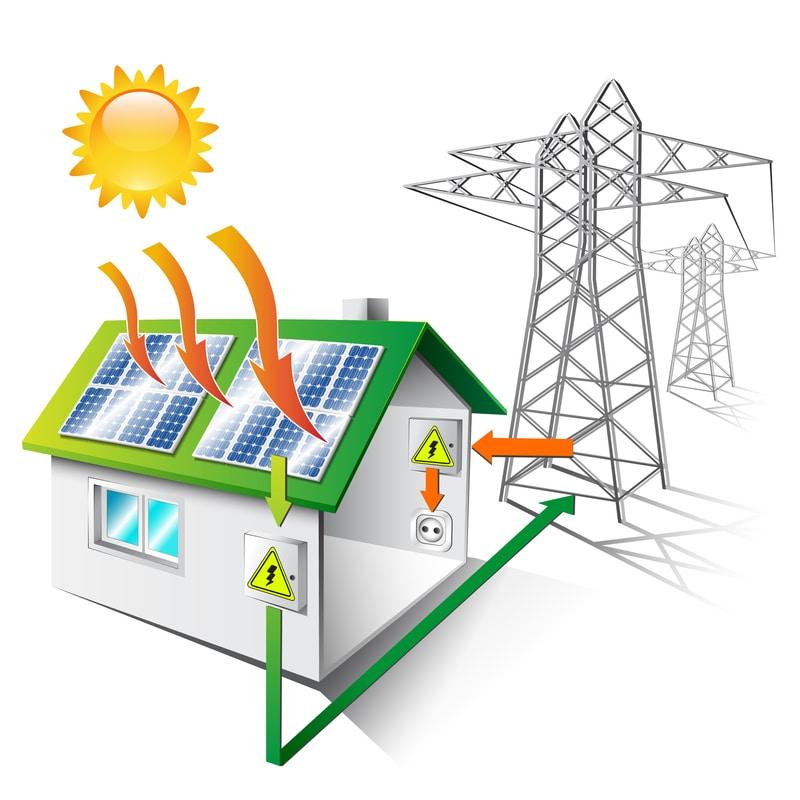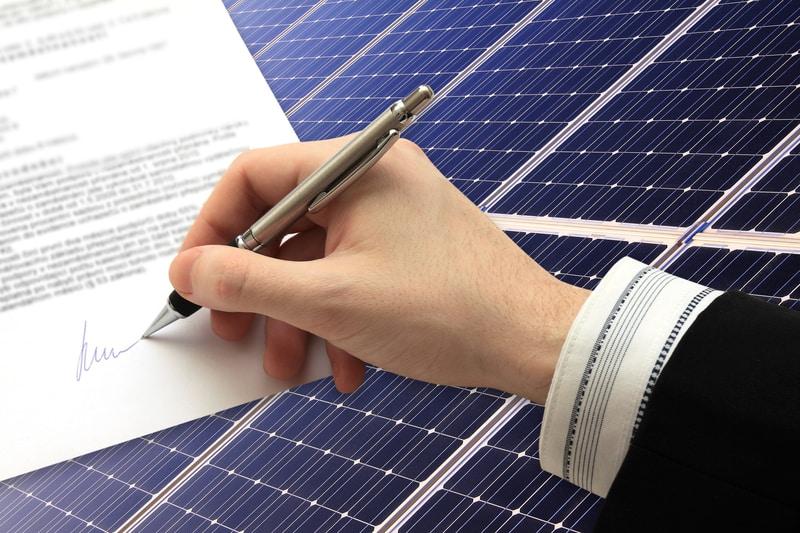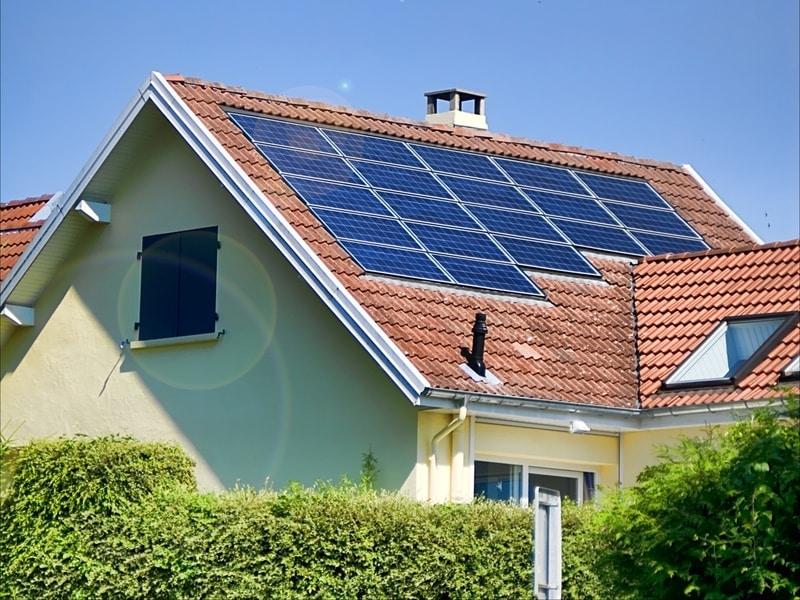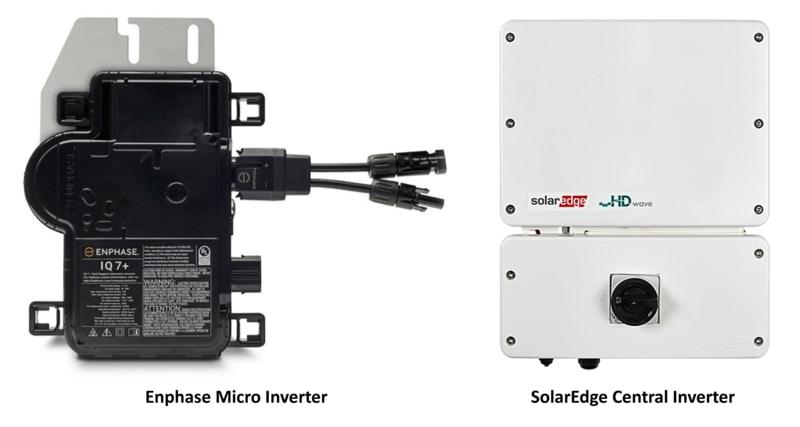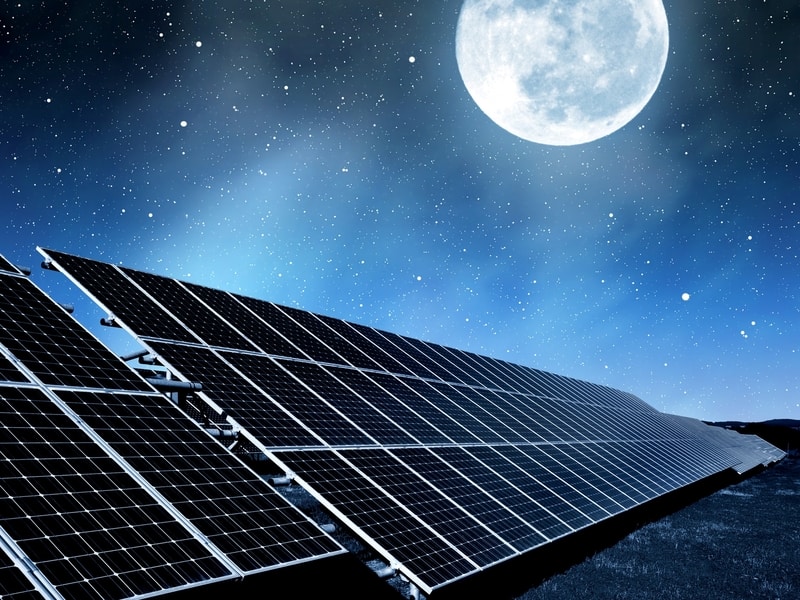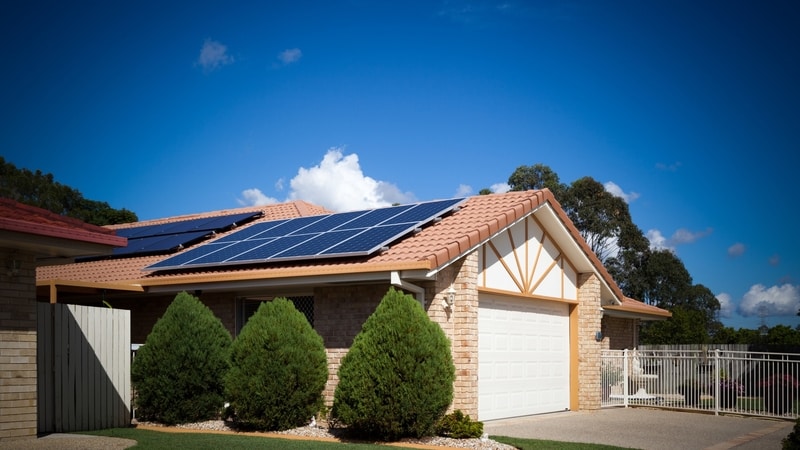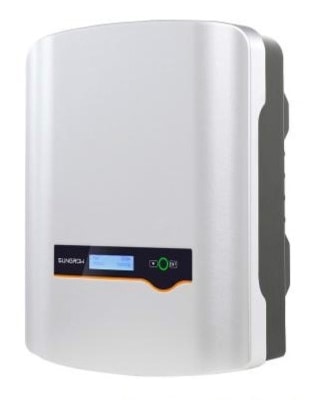
Most Efficient Solar Panels Guide
Australia is one of the best places in the world for solar panels because of our sunny climate, and because of this, we have a great range of energy-efficient solar panels available to us.
However, this can be tricky because so much choice means that finding the right option for you can feel overwhelming.
We’ve put together a list of the most efficient solar panels, as well as some important things you need to think about when deciding on a solar panel system.

Efficiency by brand
There are two main numbers that you need to pay attention to when comparing brands of solar panels and that is output and efficiency. The output refers to the amount of energy that the system is capable of producing, and the efficiency is the percentage of the sun’s energy that the solar panel can convert into electricity.
Topping the list of energy-efficient solar panel brands is SunPower, with an output of 400W at an efficiency of 22.8%. Next on the list is LG, with an output of 380W and an efficiency of 21.7%. Third is Q Cells with an output of 340W and an efficiency of 20.3%. All three of these sit well above industry standards for both measures.
What is the industry standard efficiency of solar panels?
Average efficiency for solar panel systems sits around 15% to 20%, with only the top brands sitting at about that 20% level. This increase in efficiency will often come with a price increase, but the higher price will result in more energy produced, and the potential for savings down the line.
It’s important to note that efficiency is not only about the brand of solar panels, but can also be influenced by how and where the panels are placed, as well as the orientation and temperature.
How can I make the most of my solar panels?
Because of the cost difference between higher and lower efficiency solar panels, it’s important to get as much bang for your buck as possible. If your home has ample roof space, it may be more cost-effective for you to invest in more, lower-efficiency solar panels. High-efficiency solar panels are likely to be the right option for you if you have more limited roof space, or if you have a particularly high energy need in your home.
In addition to the efficiency of your solar panel brand, you can make the most of the energy you receive by being considerate of the other factors that impact efficiency. You can work with your installers to ensure you maximise the efficiency by placing your panels at the best angle and orientation, avoiding any shading that will prevent the sun from reaching your panels.
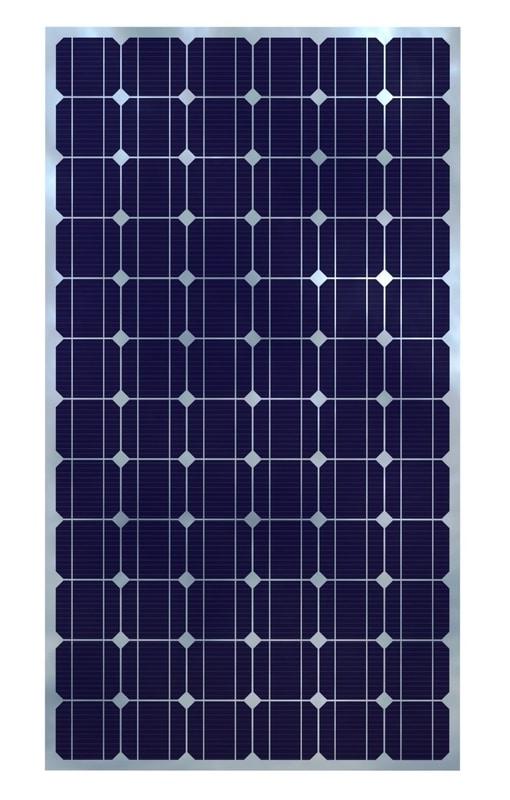
Will solar panels get more efficient?
Scientists and manufacturers are constantly innovating and advancing the technology used in solar panels. This intense scientific attention means that advancements are happening all the time, and this trickles down into the commercial market.
Even just 10 years ago, the industry standard for efficiency was around 12%, and today’s efficiencies of up to 23% would have been completely unthought of. That almost 50% improvement in such a short time is an indication of where the industry is headed. Experts have suggested that in the coming years, solar panel efficiency could go as high as 30%-40%.
In addition to the increases in efficiency, scientists are continuously experimenting with new materials to create thinner and better panels. Recent developments such as the introduction of the new semiconducting material perovskites have allowed for huge advancements, and are now present in most solar panels you can purchase.
Why consider more efficient solar panels?
More efficient solar panels generally do cost more than their less efficient counterparts, so is it worth it to invest in them? The most impactful reason why you might choose more efficient solar panels is that they will simply produce more energy.
More energy produced means more savings for you in the long term, and there are a couple of scenarios in which this might be of major benefit.
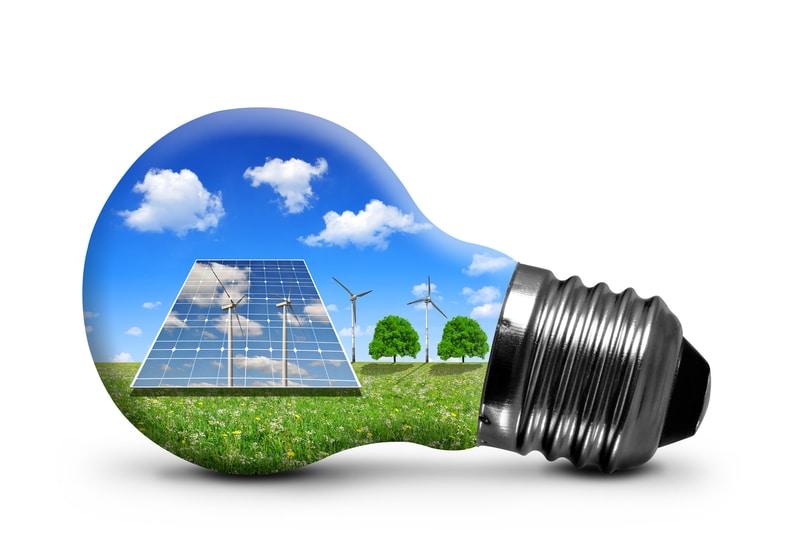
The second scenario is if you are a home that uses a high amount of power and is looking to cut your electricity bill substantially. If you own an electric car, or one or more family member works from home, your energy consumption is going to be higher and higher efficiency panels are likely going to get you closer to your goal of minimising your energy bill.
The first scenario is one we already touched on briefly, and that is if you have limited roof space on which to install solar panels. Higher efficiency panels are going to get you a lot closer to producing the amount of power that you use throughout your home during daylight hours.
Why consider less efficient solar panels?
The cost of highly efficient solar panels is undoubtedly daunting, and it’s a big reason why a lot of people end up choosing lower-efficiency solar panels. As previously discussed, lower-efficiency panels may be a more cost-effective option if you do have the roof space.
The other important thing to consider is that solar panels’ efficiency rating doesn’t tell the whole story. Even the highest efficiency solar panels won’t produce electricity in the wrong environments. If you live in an area where the weather is frequently overcast or rainy, it will take you a lot longer to recoup your investment, so you may not want to choose the more costly option.
Can I increase the efficiency of my existing solar panel system?
The efficiency of your solar panel system will change over time and the right solar maintenance can help maintain the efficiency of your system over time. There are also a few gadgets you can invest in to increase the efficiency of your solar panels and ensure they capture as many of the sun’s rays as possible.
A solar tracker is a fantastic tool that rotates the panels throughout the day to follow the sun. This ensures that your panels stay at the most effective angle for capturing energy as the sun moves throughout the sky.
If a solar tracker isn’t right for you, you could instead consider adjusting the orientation of your solar panels to maximise their exposure to the sun. Here in Australia, facing your solar panels north could produce up to 20% more power as compared with other orientations.
Another tool that you can use to increase the efficiency of your solar panels is to use solar concentrators. There is a risk of overheating with concentrators, but they can increase the output by as much as 50%.
You can also increase your solar panel output with solar call glazing. This not only helps to protect your panels from the elements, but also reduces surface reflections and improves
performance.
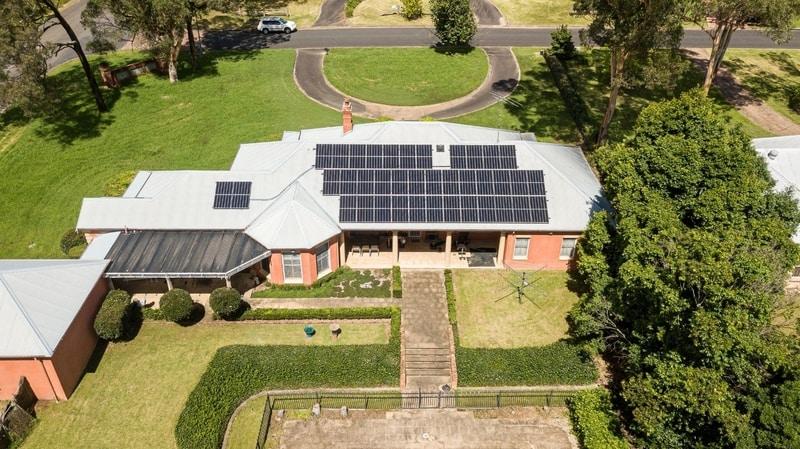
In summary
The best way to maintain the performance and efficiency of your solar panel system over time is to have it maintained regularly by a professional. Ensuring that your system is clean and in good working order will ensure that you have the most energy-efficient solar panels you can for years to come.

